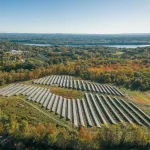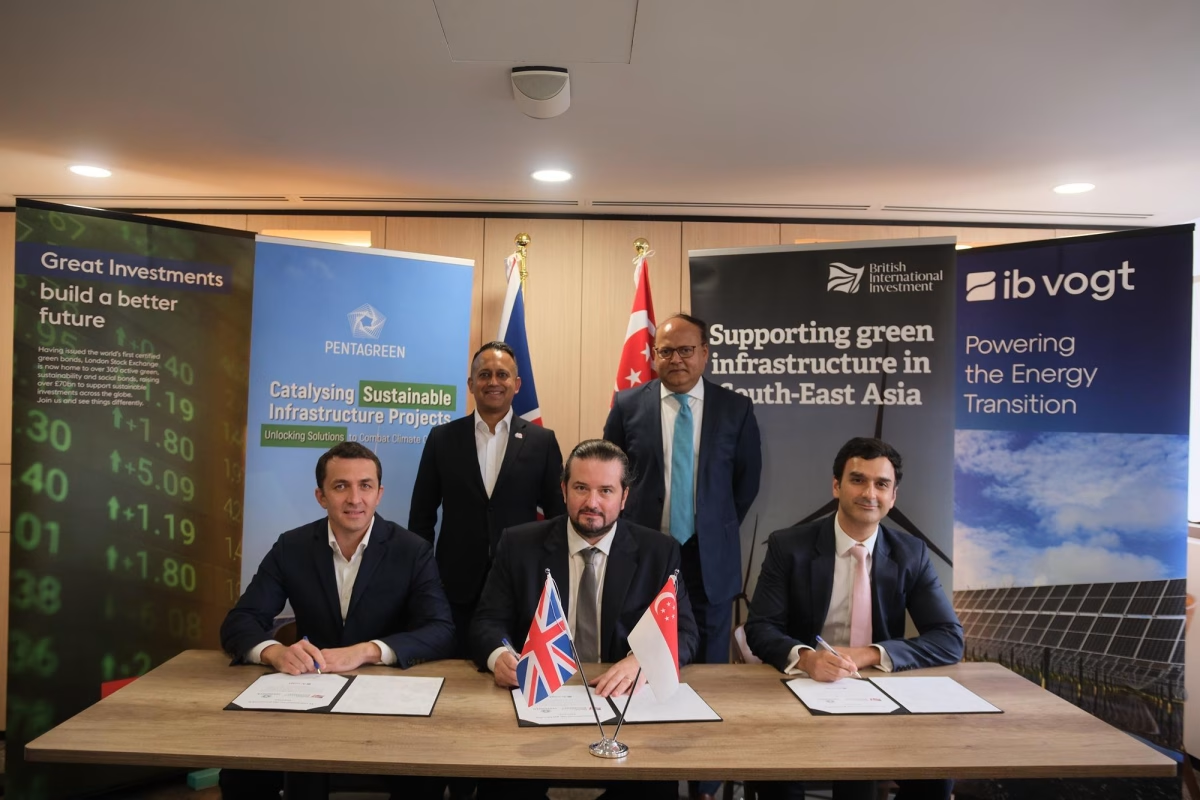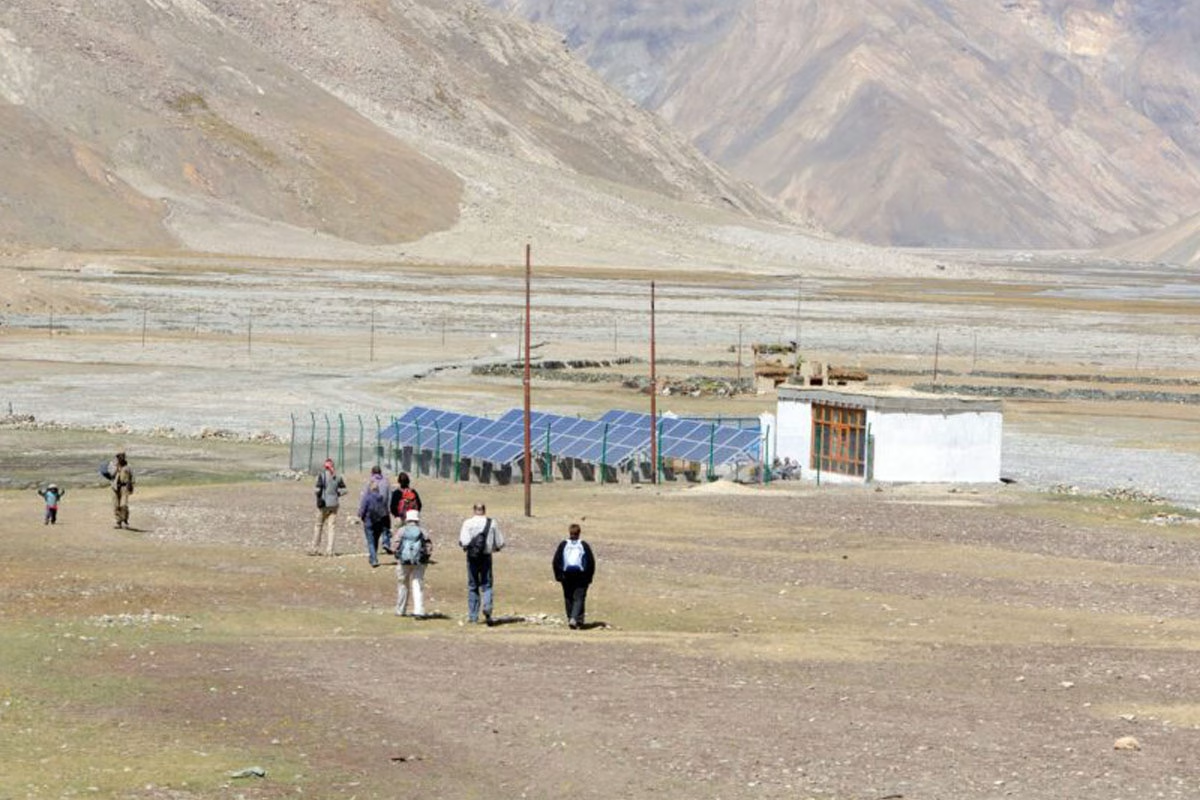
Nexamp launches Developer Accelerator Program to accelerate renewables deployment
June 6, 2024
EBRD invests €8.7 million in Qair’s inaugural green bond issue to support solar and wind projects
June 6, 2024– PV JOUR – Jun 06, 2024 EST (NORTH AMERICA)
SB Energy was launched by SoftBank as the finance group’s US Climate Infrastructure Technology platform to accelerate access to reliable and cost-effective renewable energy. SoftBank believes that combining AI and high-end technologies with renewable deployment at scale is critical to the energy transformation. This new investment from Ares brings together Ares’ climate infrastructure experience, SoftBank’s AI and technology ecosystem, and SB Energy’s track record of execution into a single platform to deliver flexible renewable energy.
Since launching in the US market in 2019, SB Energy has completed development of, financed, and started construction on nearly 1.7 GW of utility-scale solar projects. And 1.3 GW of the capacity is currently providing clean, reliable energy to Texas and California.
SB Energy continues to aggressively grow its renewable energy and storage project pipeline through various channels, including greenfield development, partnerships, and acquisitions, while expanding its digital and technology capabilities. It also plans to deliver 10 gigawatts (GW) of renewable energy and storage projects either in operation or under construction by the end of 2025.
“With the support of both Ares and SoftBank, SB Energy will rapidly scale our strategic platform in renewable energy, storage, and new digital products as a developer, owner, and operator of the next generation of climate infrastructure and technology, ” said Rich Hossfeld, co-CEO at SB Energy.
In addition to capital from SoftBank and Ares, SB Energy has forged partnerships with other leading financial institutions to secure more than $4 billion in tax equity and project financing.
Tandem PV transforms traditional silicon solar panels into high-efficiency tandems by leveraging perovskite-coated front glass via a drop-in manufacturing replacement, sharply decreasing installed systems costs and significantly increasing module manufacturing profit margins.
Bailie developed this unique technology during his doctorate at Stanford University. It is poised to offer 50% higher efficiency than the average solar panel and drive solar system costs down by 30% or more , contributing to substantially higher photovoltaic penetration worldwide. When replacing traditional panels, this tandem solar panel technology can potentially offset “three gigatons of CO2 equivalent per year,” noted Chris Eberspacher, co-founder and Managing Director of Tandem PV.
“Tandem PV is on a fast track to develop, demonstrate and commercialize perovskite and silicon tandem solar panels for homes across the United States and worldwide,” added Eberspacher.




